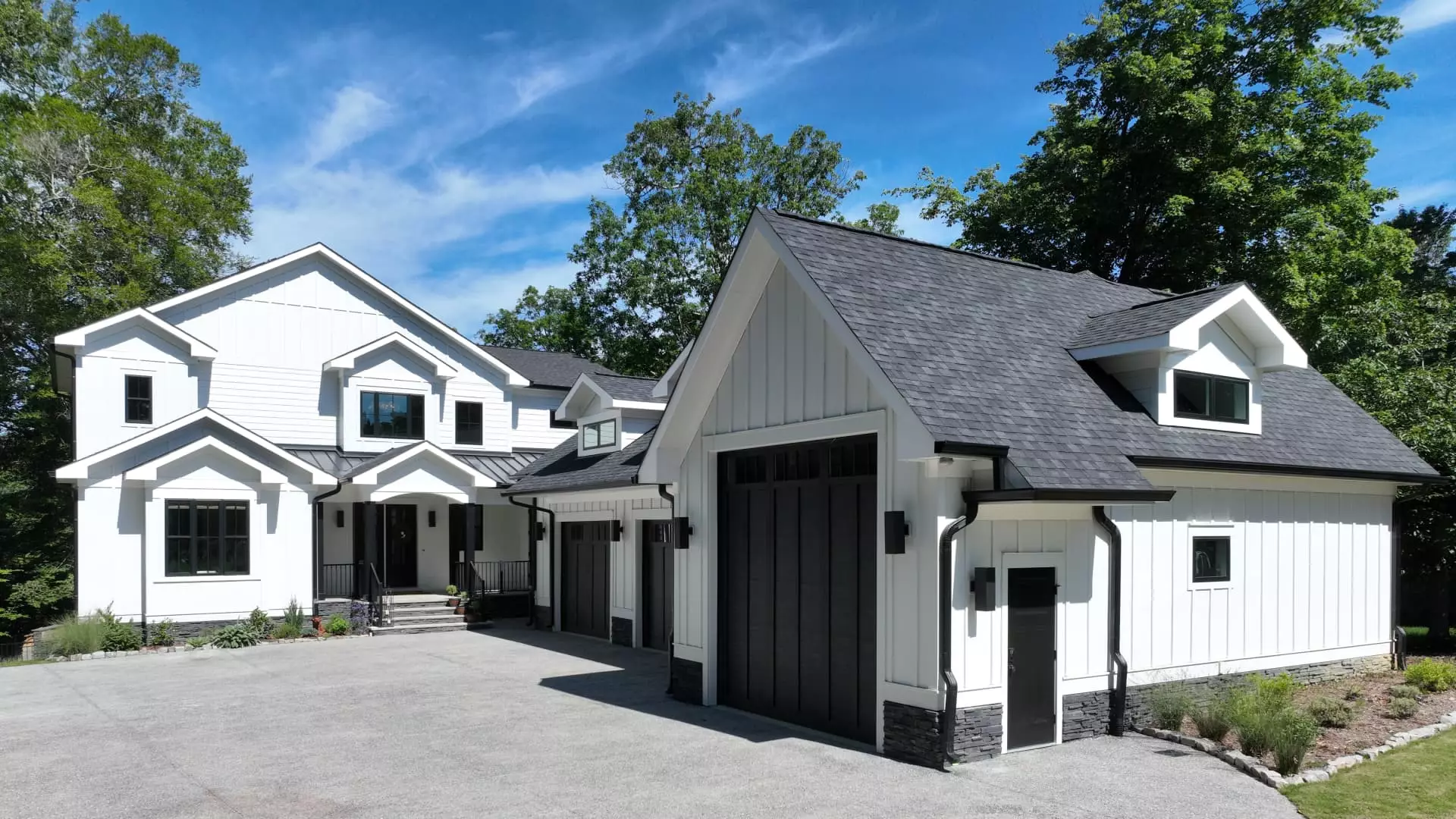The relationship between real estate and climate change is becoming increasingly critical in the United States. According to data from the Environmental Protection Agency (EPA), residential and commercial buildings contribute significantly to the nation’s carbon footprint, accounting for approximately 31% of greenhouse gas emissions. This figure highlights the necessity for a greener approach within the real estate sector, as it surpasses emissions produced by other prominent sectors such as transportation and agriculture.
In light of this urgent need to address climate change, the Biden administration has initiated a variety of policies aimed at reducing the carbon footprint of residential buildings. One notable legislative effort is the Inflation Reduction Act, which rolled out in 2022 and provides incentives for homeowners who opt to upgrade their properties for energy efficiency. Among these incentives are tax breaks and rebates designed to alleviate the financial burden associated with such enhancements. The federal government is also emphasizing the value of transitioning buildings toward a “zero emissions” status, which, as defined by the Department of Energy, revolves around energy efficiency and reliance on clean, renewable energy sources.
Morgan Wojciechowski exemplifies the potential benefits of pursuing energy-efficient dwellings. As one of the first homeowners to receive a federal “zero emissions” label, Wojciechowski resides in a new home located in Williamsburg, Virginia, that has been recognized for its energy-efficient design. Interviewed by CNBC, she discussed her journey toward sustainable homeownership and the numerous advantages that a green home offers.
Her newly constructed residence boasts remarkable efficiency, featuring all-electric utilities. This aligns with the White House’s definition of a zero-emissions home, emphasizing that not only is the construction energy efficient, but it also integrates renewable energy sources like solar power. By utilizing Dominion Energy’s green energy program, Wojciechowski supplements her energy needs while contributing surplus solar energy back into the grid. The transition costs for this renewable energy are relatively modest, estimated at an additional $10 monthly for her household. This initiative underscores how homeowners can engage in sustainable living while remaining financially conscious.
The financial aspect of constructing a sustainable dwelling is equally compelling. Wojciechowski shared that the total cost to build her home came to around $1.1 million for a spacious 5,800 square feet. While this figure may seem high, the projected savings on energy bills is substantially noteworthy. The home’s efficiency paired with solar energy production is estimated to cut utility expenses to about $917 a year, marking a savings of approximately $7,226 annually when compared to an average American home. This potential reduction in utility costs signifies how eco-friendly choices can result in long-term savings, reinforcing the narrative that sustainability can coincide with economic benefit.
However, specialists emphasize that achieving these savings necessitates careful planning. Enhanced energy efficiency must be a priority for homeowners looking to install solar panels; otherwise, they may need more panels to compensate for a less efficient structure, which could lead to decreased return on investment. It is crucial for homeowners to invest in energy-efficient renovations—such as upgrading windows, enhancing insulation, or optimizing HVAC systems—prior to introducing solar technology to their properties.
For individuals keen to join the sustainability movement, Wojciechowski recommended starting small. Upgrading windows and doors can significantly enhance a home’s energy efficiency by preventing air leaks. Next, improving insulation within the home can reduce the energy demands placed on heating and cooling systems. Many of these modifications not only reduce energy consumption but also qualify for tax incentives, making them financially appealing for homeowners.
For renters, the path to sustainability may seem constrained, as they often have less authority to enact property-wide changes. Nevertheless, simple behavioral choices—like conserving energy by turning off lights—can still contribute positively to overall energy savings and create a mindful approach toward consumption.
Real estate plays a pivotal role in addressing climate change, with immense potential for reducing emissions through the promotion of energy-efficient homes. The Biden administration’s policies, coupled with grassroots initiatives like those executed by pioneers like Morgan Wojciechowski, signal a crucial shift in how individuals can engage with sustainability in practical terms. As homes evolve into models of efficiency, combining technology and conscious living, every homeowner has the opportunity to be part of a larger movement toward a sustainable future. The responsibility to transform our built environment into greener spaces lies not only government mandates but also at the fingertips of homeowners nationwide, creating a more sustainable home and a healthier planet for generations to come.

